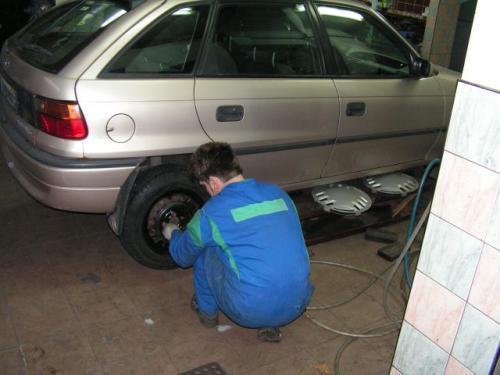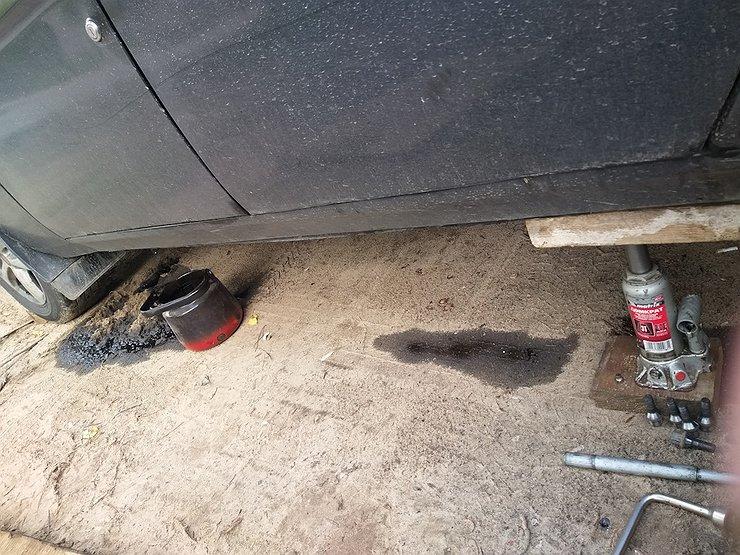
To change the size of the wheels or not?
 Many drivers change the size of wheels and tires to improve the appearance of the car. But you can’t overdo it, because bigger and wider doesn’t always mean better.
Many drivers change the size of wheels and tires to improve the appearance of the car. But you can’t overdo it, because bigger and wider doesn’t always mean better.
The wheels of the car play a very important role, as they transfer all the forces from the car to the road, and safe driving largely depends on them. The wheels also have a decorative function, which is very important for many drivers, therefore, to improve the appearance of the car, they change the size of the wheels and tires. But you can’t overdo it, because bigger and wider doesn’t always mean better.
Replacing steel wheels with alloy wheels (colloquially called aluminum) can be called an introduction to tuning, because the use of attractive "allusions" significantly improves the appearance of the car and gives it individual features. Many choose larger diameter rims and put on much wider tires than recommended by the manufacturer. Such a procedure  makes the car more attractive, but does not necessarily improve the driving performance of the car, but, on the contrary, may even worsen it.
makes the car more attractive, but does not necessarily improve the driving performance of the car, but, on the contrary, may even worsen it.
A larger rim and wider tire make the machine stiffer. In many cases, this is a plus, as the car is more stable in corners and at high speeds. But this is not always the case on our roads full of potholes and holes. A low-profile tire (such as a 45 profile) has rigid beads, so any, even the smallest bump, reaches the rider's back. In addition, the tire is very vulnerable to damage. Even carefully crossing railroad tracks or driving over high curbs can damage a tire or rim. In addition, for example, a B-segment car with 225 mm tires will drive much worse on ruts than on factory tires. In addition, wider tires cause more rolling resistance, which in turn means higher fuel consumption and a noticeable drop in performance, especially if the car's engine is the weakest. In addition, the pressure of a wider tire on the road is lower, so the car is less responsive and more prone to hydroplaning. Lower profile tires also contribute to faster suspension wear, as the low profile tires don't really absorb bumps, but transfer them entirely to the suspension.
Use common sense when choosing larger rims, and it's best to follow the vehicle manufacturer's recommendations. In the manual you will find the recommended and allowable rim diameters and tire widths. In order for the car to behave better after replacing the rims and not interfere with its normal operation, you should follow a few tips. The wheel diameter and therefore the circumference of the tire must be the same as the factory tires. Installing tires of a different diameter will result in erroneous speedometer readings. If we are looking for larger diameter rims, wider tires should have a lower profile. For example, if our car has 175/70 R13 tires, we can supply 185/60 R14 or 195/50 R15. Only then will the same circle be preserved. When choosing discs, you should also pay attention to such a parameter as offset (ET). Its value must be stamped on the rim. This parameter is often neglected. However, changing its value can change the hanger geometry as the wobble radius can change from positive to negative or vice versa. The tire must not protrude beyond the contour of the wing or rub against the wheel arch.
When replacing steel rims with aluminum rims, bolts or nuts must also be replaced. Alloy wheels often require longer bolts and a different taper shape. It is worth remembering that the spare is still steel, so you need to put one set of bolts for the steel rim in the trunk so that you can screw the spare.
